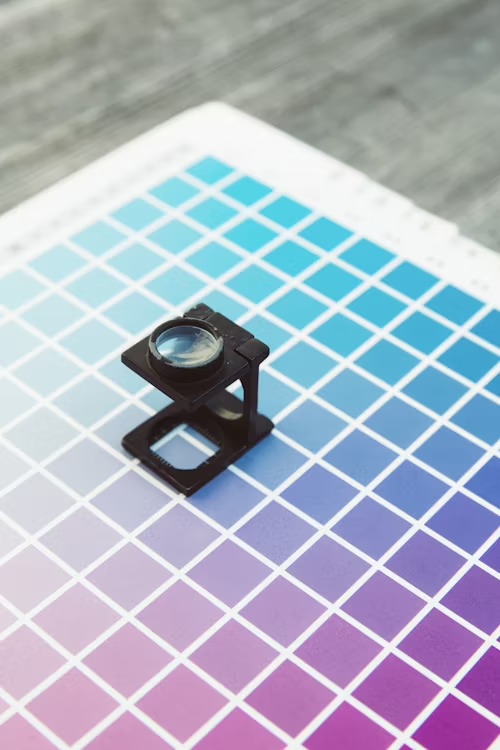Effective strategies for working with event organizers to ensure your graphics meet all requirements and expectations
Collaborating with event organizers is crucial for creating impactful graphics that align with the event’s vision and goals. Successful graphic design for events requires seamless communication, clear understanding of objectives, and alignment with logistical considerations. This guide provides effective strategies for working with event organizers to ensure that your graphics not only meet but exceed expectations.
1. Establish Clear Communication Channels
A. Initial Meetings and Briefings
- Kickoff Meeting: Schedule an initial meeting with the event organizers to discuss the event’s vision, objectives, and key messages. This meeting should cover the event theme, target audience, and any specific requirements or constraints.
- Documentation: Request a detailed brief or creative brief document that outlines all essential information. This should include event goals, brand guidelines, and any specific requests for graphic design.
B. Regular Updates and Feedback
- Progress Check-Ins: Set up regular check-ins or progress meetings to review design drafts and gather feedback. This ensures that the graphics evolve according to the event organizers’ preferences and allows for timely adjustments.
- Feedback Loop: Create a structured process for receiving and incorporating feedback. This might include digital proofing, revision requests, and final approval stages to ensure that the designs meet all expectations.
2. Understand and Align with Event Goals
A. Align with Event Objectives
- Goal Integration: Ensure that the graphics you design align with the event’s objectives, whether they are to educate, entertain, or promote. Graphics should support and enhance the overall event experience.
- Target Audience: Design with the target audience in mind. Understanding their preferences and expectations helps create graphics that resonate and engage effectively.
B. Brand Consistency
- Brand Guidelines: Adhere to the event’s brand guidelines, including color schemes, fonts, and logos. Consistent branding across all graphics reinforces the event’s identity and enhances brand recognition.
- Visual Identity: Ensure that your graphics reflect the event’s theme and visual identity. This helps create a cohesive and memorable experience for attendees.
3. Address Logistical Considerations
A. Venue-Specific Requirements
- Venue Constraints: Consider any limitations or requirements imposed by the venue, such as space constraints, installation guidelines, or material restrictions. Ensure that your graphics are designed to fit within these parameters.
- Installation and Setup: Coordinate with event organizers to understand the installation process and timeline. Ensure that your graphics are prepared for easy setup and that any necessary equipment or materials are available.
B. Technical Specifications
- Resolution and Format: Adhere to technical specifications for print and digital graphics. This includes resolution, file formats, and dimensions to ensure high-quality output and compatibility with various platforms.
- Accessibility: Consider accessibility requirements for your graphics, such as readable fonts and color contrast. This ensures that all attendees, including those with visual impairments, can engage with the content.
4. Collaborate on Creative Solutions
A. Brainstorming and Concept Development
- Creative Collaboration: Engage in brainstorming sessions with event organizers to explore creative concepts and solutions. This collaborative approach can lead to innovative and effective graphic designs.
- Concept Approval: Present multiple design concepts and options to event organizers. This allows them to choose the most suitable design and provides opportunities for refinement based on their preferences.
B. Adaptability and Flexibility
- Design Iterations: Be prepared to make adjustments and revisions based on feedback from event organizers. Flexibility in your design process helps accommodate changes and ensures that the final graphics meet all requirements.
- Problem-Solving: Address any challenges or issues that arise during the design and production process. Work with event organizers to find solutions and ensure that the graphics align with the event’s needs.
5. Finalize and Deliver Graphics
A. Quality Assurance
- Proofing: Conduct thorough proofing of all graphics before final production. Check for accuracy, consistency, and adherence to specifications to avoid any errors or issues.
- Final Approval: Obtain final approval from event organizers before proceeding with printing or digital deployment. This ensures that all graphics are approved and ready for use.
B. Delivery and Support
- Timely Delivery: Ensure that all graphics are delivered on time and according to the agreed schedule. Timely delivery is crucial for a smooth setup and successful event execution.
- On-Site Support: Offer on-site support or assistance during the event setup if needed. This ensures that graphics are installed correctly and addresses any last-minute issues that may arise.
Conclusion
Collaborating effectively with event organizers is key to creating optimal event graphics that meet all requirements and exceed expectations. By establishing clear communication channels, aligning with event goals, addressing logistical considerations, collaborating on creative solutions, and ensuring quality and timely delivery, you can create impactful graphics that enhance the event experience and achieve success.
EventGraphics is here to support you in achieving exceptional results with our expertise in event graphic design. Our team specializes in working closely with event organizers to deliver stunning and effective graphics that elevate your event.
EventGraphics – The Event Graphic Specialists is dedicated to providing top-notch graphic solutions that ensure your event stands out. Contact us today to discover how we can help you create unforgettable event experiences with exceptional graphics.

